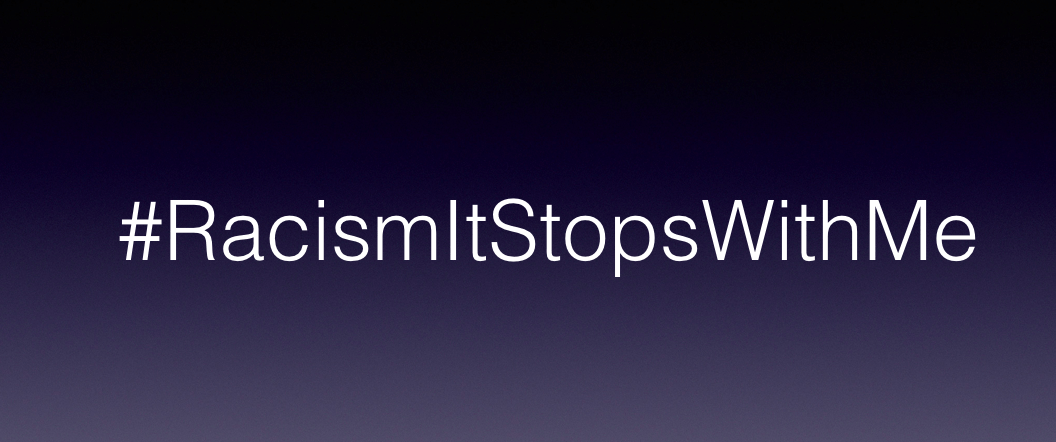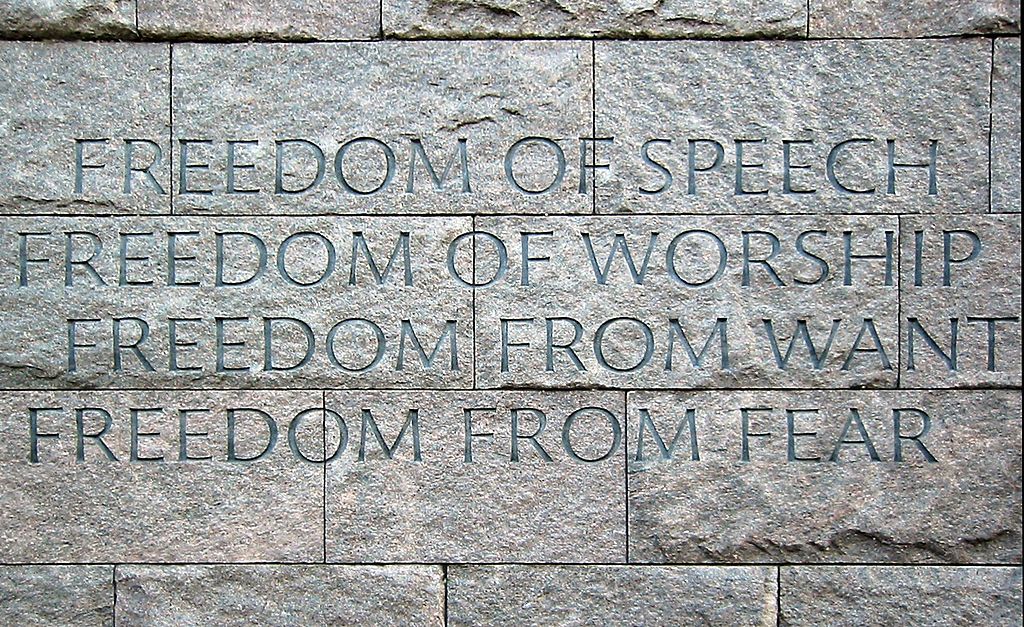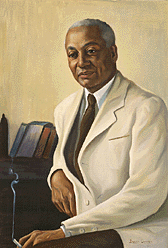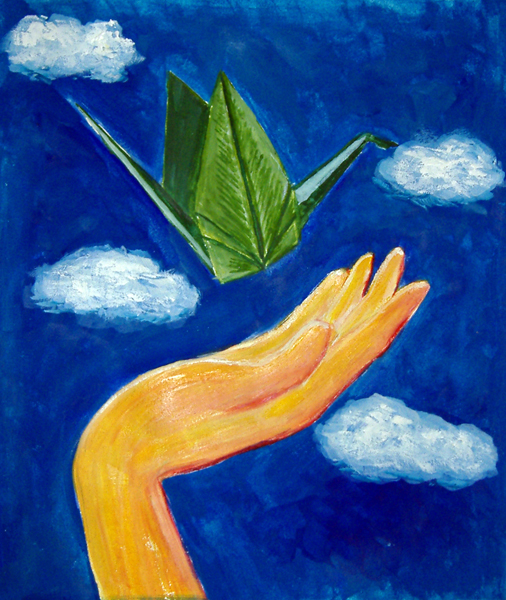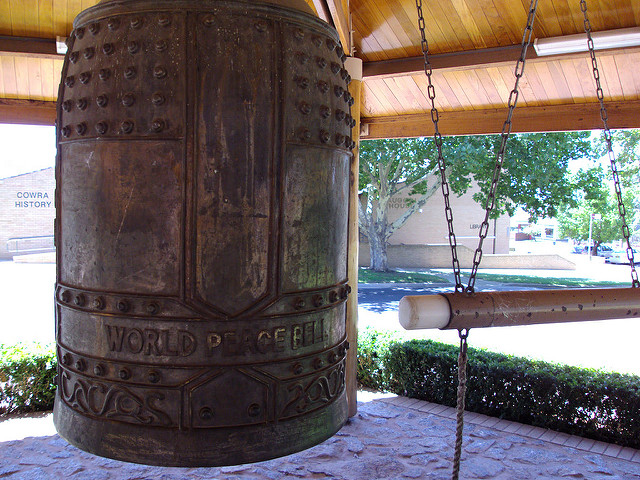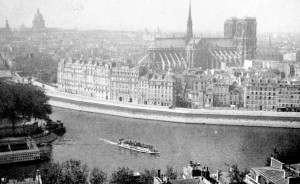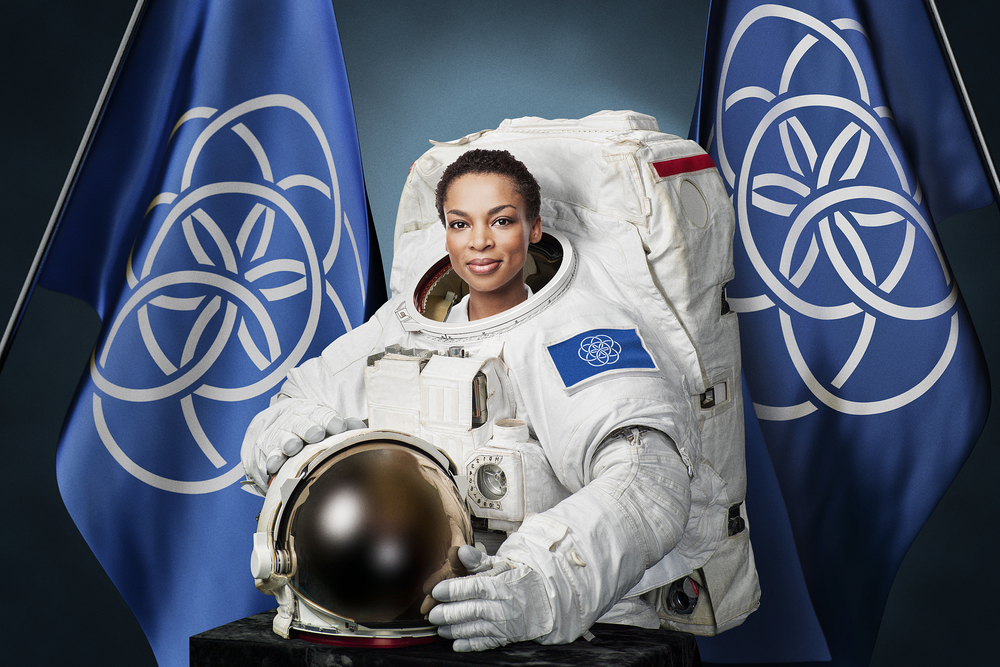human rights practice
-
Racism – a daily reality
Racism is an almost daily news item. For many, its a terrible lived problem. But, many have trouble believing it exists, except perhaps at the the margins of society. If we don’t see the obvious symbols of racism: arm bands, hate flags, white hoods, we may think the problem is no longer there. We have a curious situation where “racism” is almost a taboo word. It is politically incorrect to call racism, well, racist. As a consequence we sometimes see heated debate over whether this or that is an example of racism. A recent example from my own country was the treatment of Adam Goodes on the sporting field. He is a…
-
Alain Locke on Identity and Human Rights
Of Alain Locke, Martin Luther King Jr. said: “We’re going to let our children know that the only philosophers that lived were not Plato and Aristotle, but W. E. B. Du Bois and Alain Locke came through the universe.” In this article we explore an idea in the work of Alain Locke – the idea that identity and oppression are related to each other. That the pathway to emancipation is through re-imagining our identity. Early on he explored these themes in the introduction he wrote to his 1925 anthology titled “The New Negro“. The tribute above, particularly from Martin Luther King, calls for greater attention to Alain Locke’s philosophy and…
-
The Universal Declaration of Human Rights: insights from its first draft
Until recent years it was hard to find good information on the origin of human rights. This was particularly true about the creation of the Universal Declaration of Human Rights. The fiftieth anniversary of the Declaration in 1998 began to change that picture as scholars began to turn their attention to the history of human rights. Among the books that have been written since, are Mary Ann Glendon’s book, A World Made New, and Johannes Morsink’s book The Universal Declaration of Human Rights Origins, Drafting & Intent. Both works tell the story of the how the Universal Declaration of Human Rights was created. Glendon’s book also happens to be one…
-
Leo’s Letter, the Atomic Bomb and Sadako’s Cranes
The following short story “Leo’s Letter” is written as a “fairytale” about the dropping of the atomic bomb. Although it is fictional, it is closely based on history. “Leo” is Leo Szilard, one of the founders of the Manhattan Project that created the first atomic bomb. Albert is, of course, Albert Einstein. Edward is Edward Teller, a scientist involved in the project. The President is first, President Franklin Roosevelt, and then, President Harry. S. Truman. Robert is Robert Oppenheimer. The doctor is Dr. Hiroshi Sawachika. Sadako is Sadako Sasaki, a girl who eventually succumbed to radiation poisoning after the dropping of the bomb over Hiroshima. Minimal ‘artistic’ licence has been…
